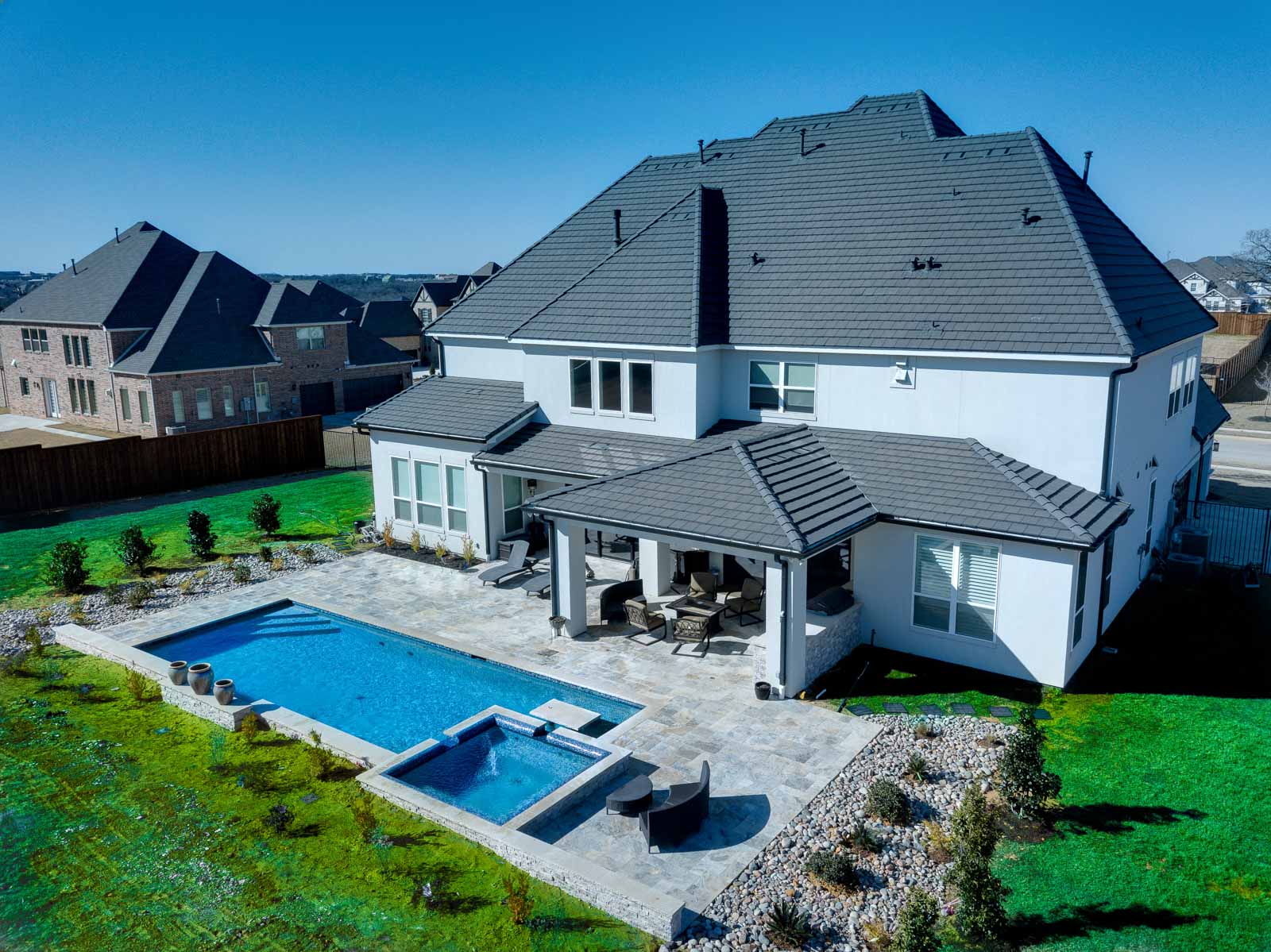
23 Aug The Cost Of Owning And Maintaining A Swimming Pool, And How To Budget For It
Many homeowners dream of owning a swimming pool, which offers a private oasis for relaxation, exercise, and entertainment. However, the cost of owning and maintaining a pool can be substantial, and it’s essential to understand these expenses before taking the plunge. This guide will break down the costs associated with owning a pool and provide tips on budgeting effectively.
Initial Costs of Building a Pool
The initial cost of having a pool installed can vary greatly. There are so many options that it is difficult to estimate it here. Fiberglass pools are typically less expensive than traditional gunite, inground pools.
Permits and Fees
Local Permits: Most municipalities require permits for pool installation, which can cost between $200 and $1,000. Additional fees may apply for inspections or zoning adjustments.
Fencing and Safety Measures: Many areas require fencing or other safety measures around the pool, which can add $1,500 to $10,000 to your budget, depending on materials and design.
Financing
Loans: Considering the interest rates and terms if you’re financing your pool. Home equity loans, personal loans, or specialized pool loans may be options with different costs.
Ongoing Maintenance Costs
Regular Maintenance
Cleaning and Chemical Balancing: Expect to spend $1,200 to $1,800 per year on chemicals, cleaning supplies, and regular maintenance. This includes balancing pH levels, adding chlorine, and maintaining water clarity.
Professional Services: Hiring a pool service company to handle maintenance can cost $75 to $200 per visit, depending on the services provided and the frequency of visits.
Utilities
Water: Filling a pool initially and topping it off throughout the season can increase your water bill. Costs vary by location but can add $100 to $400 annually.
Electricity: Running a pool pump, heater, and lights will impact your electricity bill. On average, expect an increase of $300 to $1,000 per year, depending on usage and energy efficiency.
Repairs and Replacements
Pool Equipment: Over time, pumps, filters, heaters, and other equipment will need repair or replacement. These costs vary widely, from $150 for minor repairs to $5,000 or more for primary equipment replacement.
Resurfacing and Liner Replacement: In-ground pools may need resurfacing every 10-15 years, costing $5,000 to $10,000. Above-ground pools require liner replacement every 5-9 years, costing $1,000 to $3,000.
Seasonal Costs
Opening and Closing: Preparing your pool for the swimming season and winterizing it in the fall can cost $150 to $500 per service. DIY options are available but require time and knowledge.
Heating: If you live in a cooler climate or want to extend your swimming season, heating your pool can add $500 to $2,500 per year to your utility bill, depending on the type of heater and pool size.
How to Budget for Pool Ownership
Create a Detailed Budget
Initial Costs: List all one-time expenses, including the pool installation, permits, safety measures, and custom features.
Ongoing Expenses: Calculate the yearly maintenance costs, utilities, and potential repairs—factor in seasonal variations and the expected lifespan of crucial equipment.
Emergency Fund: Set aside a portion of your budget for unexpected repairs or replacements. A good rule of thumb is to save 5-10% of your pool’s installation cost for emergencies.
Consider Cost-Saving Measures
Energy Efficiency: Invest in energy-efficient pumps, heaters, and lighting. Solar covers can also reduce heating costs by retaining heat and reducing evaporation.
DIY Maintenance: Learning to perform maintenance tasks yourself, like cleaning and chemical balancing, can save money. However, ensure you’re knowledgeable to avoid costly mistakes.
Off-Season Deals: Many pool companies offer discounts on equipment, maintenance packages, and installation during the off-season. Planning your purchase accordingly can result in significant savings.
Monitor and Adjust
Track Expenses: Keep a record of all pool-related expenses to monitor your budget. This will help you identify areas where you may be overspending and allow you to adjust accordingly.
Review Annually: Reevaluate your pool budget at the end of each year to account for changes in usage, utility rates, or unexpected repairs. This will ensure you stay on track financially.
Explore Financing Options
Long-Term Planning: If the upfront costs are a concern, consider financing options that spread the expense over several years. Could you be sure to factor in the interest when calculating the total cost?
Tax Deductions: In some cases, pool expenses related to health needs (e.g., aquatic therapy) may be tax-deductible. You can consult a tax professional to see if you qualify.
Conclusion
Owning a swimming pool can be a rewarding experience, providing enjoyment, relaxation, and even adding value to your home. However, it’s essential to know the full range of costs, from initial installation to ongoing maintenance. By carefully budgeting and planning for these expenses, you can enjoy your pool with peace of mind, knowing you’re financially prepared for the responsibility.


